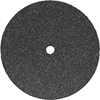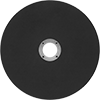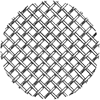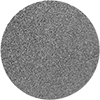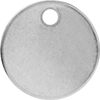Filter by
Material
For Use On
Shape
Thickness
DFARS Specialty Metals
For Use With
Tolerance Rating
Color
Hardness
Screen Material
Bristle Material
Stud Material
Raw Materials
Fabricating and Machining
Fastening and Joining
Fluid Handling
Facility and Grounds Maintenance
Power Transmission
Communication
Sealing
Building and Machinery Hardware
































